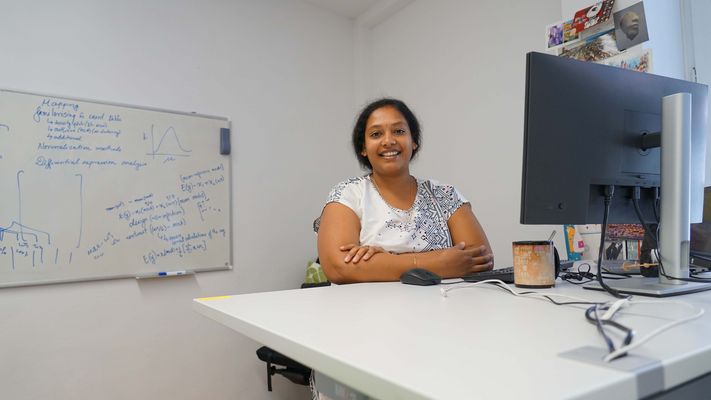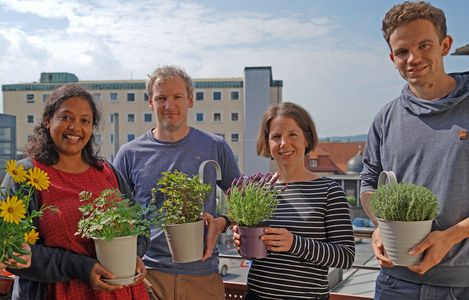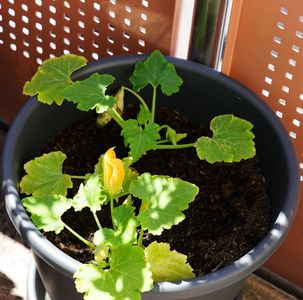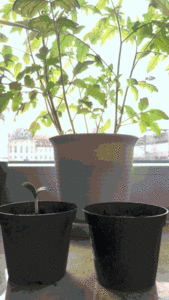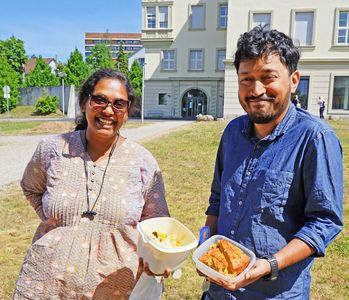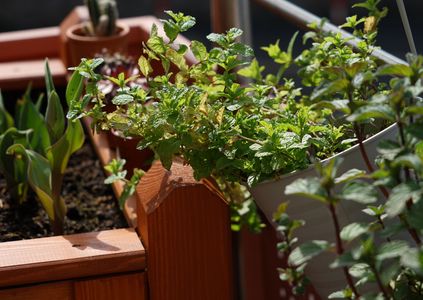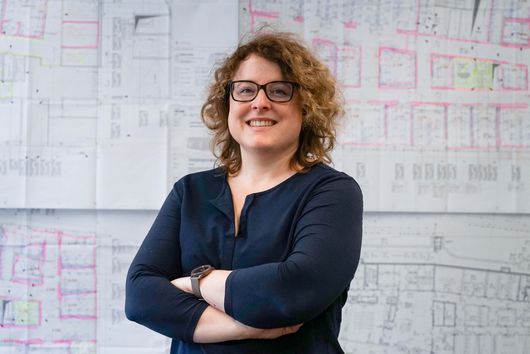
Computers and labs go hand in hand
Shuba Varshini has learnt that biotechnology and bioinformatics are a team. One cannot get far without the other.
Informatics is viewed as a field of the future, given the vast progress in artificial intelligence and automating various processes. However, industry and media are not the only areas that benefit from these advances. Bioinformatics is a small but incredibly important niche in the field.
Shuba Varshini studied bioinformatics and biotechnology and has been working at the Helmholtz Institute Würzburg (HIRI) as PhD student since 2019. We asked her about what being a bioinformatician entails and how you can gain a foothold in the field.
You have studied biotechnology and bioinformatics. What do these disciplines entail?
Biotechnology is trying to understand the mechanisms of biological processes at the cellular level. Bioinformatics supports the decoding of these mechanisms by organizing and analyzing data via programming. I find that these two are a team; one does not work without the other.
What skill or training is required to work in the field?
It is very important to have a good understanding of math and statistics. For bioinformatics in particular, you will also need to know basic programming to understand the numbers and data. Another thing is having the capacity to troubleshoot because identifying mistakes in a code while programming can be tricky.
Which kinds of jobs can you do with bioinformatics?
Jobs can generally go in two directions: academics and the industrial field.
Bioinformaticians use technical resources to provide biological insights in the disciplines of medicine, biology, and health. They create strategies, databases, and systems to gather and analyze data for use in clinical or research settings.
Since bioinformaticians have programming and statistical knowledge, they are also considered for data analysis in non-biological settings. This would require machine learning and algorithms. While this steers away from biology, it is an opportunity to work outside of research.
What do you recommend to other scientists or students who want to gain a foothold in the field of bioinformatics?
Few universities offer bachelor’s degrees in bioinformatics. A bachelor’s degree in a field of life sciences, medicine, or health-related study is the most common entry point into the field, followed by specialization during a postgraduate degree in bioinformatics.
Something that may not be as apparent but that I would recommend is getting experience working in a wet lab. Having knowledge about the biology behind an experiment is necessary to improve your understand data generation.
How do you research when you never enter a lab?
(Laughs) This question is not quite right. I do most of my work on a computer instead of in a lab like my coworkers do. That makes my office my lab. A bioinformatician gathers and analyzes data using their understanding of science and information technology. Bioinformaticians develop and employ mathematical models for statistical analysis, build and maintain databases of biological data, run dynamic simulations, and do pattern analysis.
What project are you currently working on?
My interest lays in understanding different infectious diseases, currently those caused by bacteria. My PhD project is to develop a bioinformatics workflow to interpret host-pathogen-microbiome interactions.
What do you wish to achieve?
Pathogens are not characterized well at the moment. It is a work in progress. We do not understand why a pathogen does something; we only assume. Therefore, it is important to try to understand this infectious mechanism with molecular evidence like sequencing, as you can make use of the information to better characterize the pathogen.
What kinds of tasks do you do as a bioinformatician?
Writing code to automate data processing or to analyze and visualize data is a large part of my job. The other components of my job involve either preparing reports to summarize the results of finished projects or getting together with other researchers to discuss the goals and parameters of future projects.
„We humans consider ourselves very smart, yet somehow these tiny pathogens are smarter than we are—how do they do that?”
What has surprised you while working in your area?
It surprised me how pathogens can navigate through humans, survive, and cause an infection or disease. Certain pathogens can hide in your body and are unable to be detected, if not caught earlier. We humans consider ourselves very smart, yet somehow these tiny pathogens are smarter than we are—how do they do that?
Is there something you especially like about your work?
That I can wear shorts and open toe shoes anytime (big smile). Programming makes me happy. We are able to generate enormous volumes of data to fill the voids in our understanding of the unknown. Participating in the study of all the available data is gratifying.
What makes bioinformatics especially great at the Helmholtz Institute Würzburg?
The principal investigators are very excited about their projects and have a lot of enthusiasm, which is something you want to work with. They research new and different kinds of data. They motivate you to learn more and want to prepare you by giving you helpful resources. They never discourage you from trying new things, but they also always question you about whether it is necessary, which helps you stay focused on the right things.

